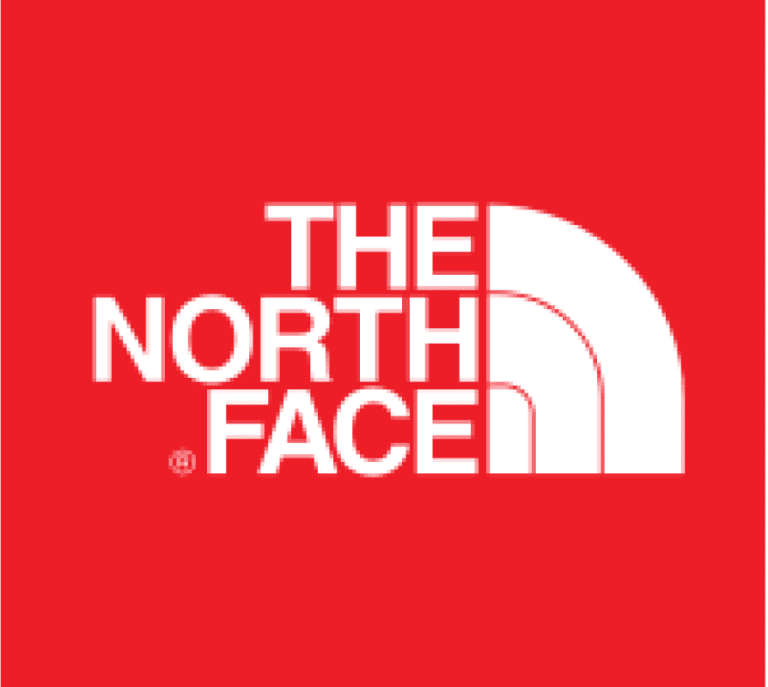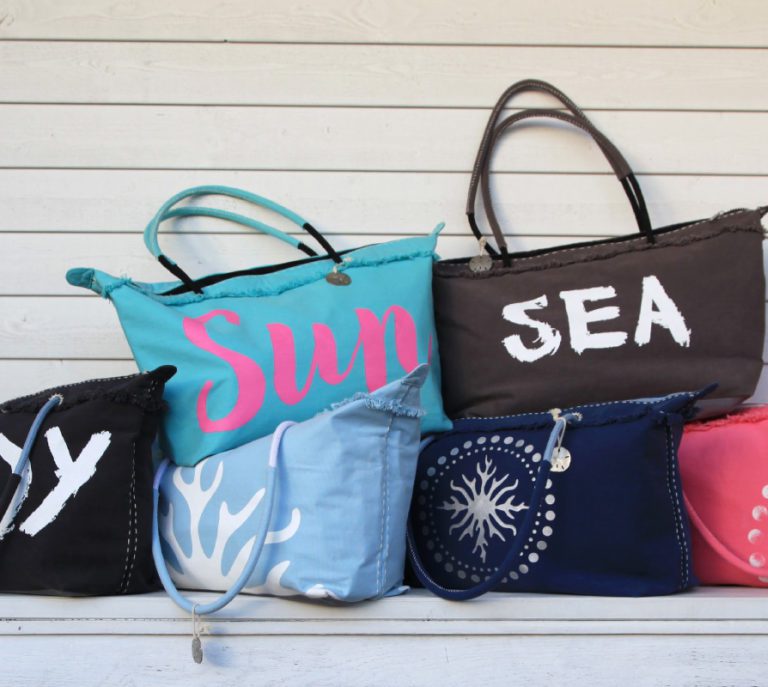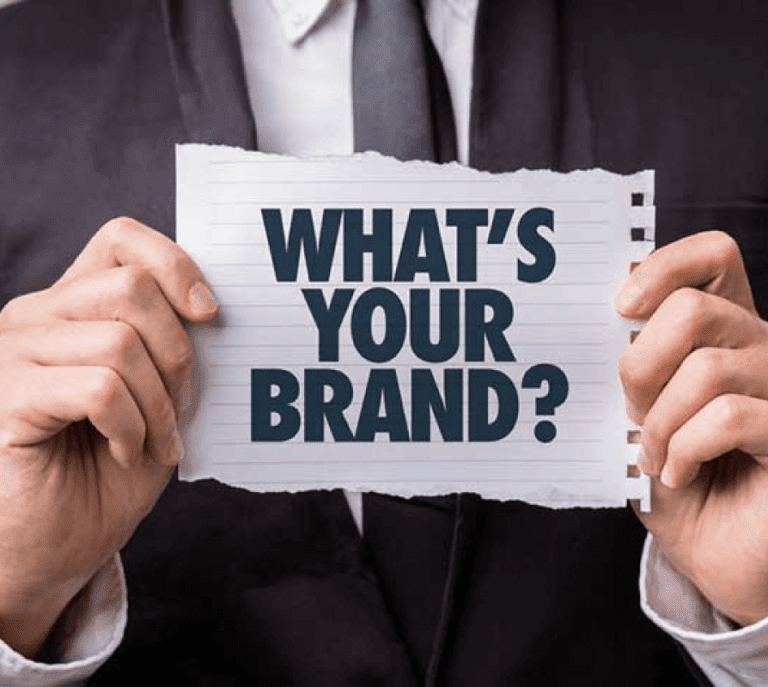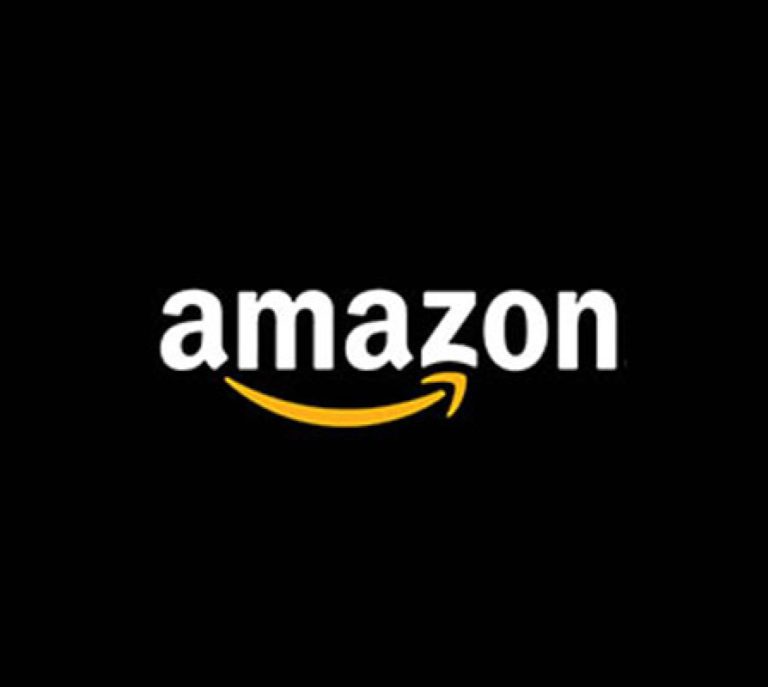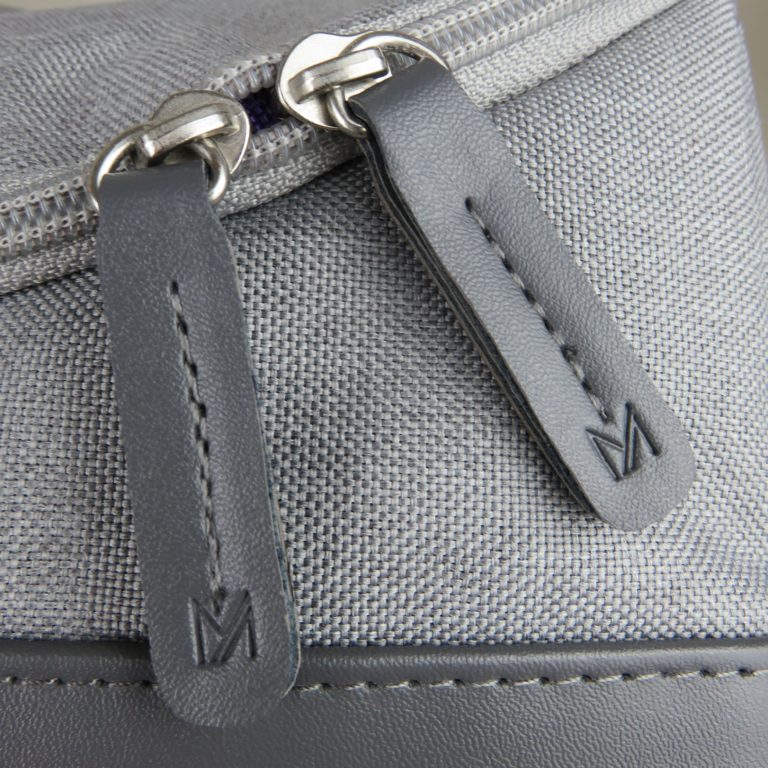Is Promotional Marketing Worth the Investment
Marketing is often treated as an afterthought by small, or new businesses, with a tight budget and higher priorities, spending money on marketing can seem like a waste. But if successful companies and household names, like Coca-Cola, still invest millions of pounds a year in marketing, banking on the huge return on investment it brings in annually, then why isn’t every business directing a portion of their budget the same way?
There is no primary reason. One factor is that marketing is often viewed as a cure, rather than a necessity. Rather than implementing marketing as a consistent strategy of growth and maintenance from the outset, businesses will turn towards marketing as an attempt to cure poor sales, acting reactively, rather than proactively. Similarly, once businesses become successful, marketing seems to lose its shine, but to consider marketing as linear, or as a finite process, is a mistake. Rather than separating marketing and your business, successful and healthy marketing should be integrated and considered in every aspect of the business. Marketing is essentially the business seen from the point of the view of its final product, it is what the customer sees, and as such, it is supremely important for optimising revenue, and correctly placing your business within the larger market.
When considering marketing your business, one of the most important yet problematic quandaries is choosing how to market it. With the advent of digital marketing, the available marketable channels multiplied, making a once simple choice, much more complex. Whilst the accessibility of digital marketing offers up some solutions to any small business with the time to read a few online tutorials, as your marketing needs scale upwards, the crux of the issue becomes what type of marketing is going to give me the best return on my investment?
In the age of digital marketing, traditional marketing techniques like promotional bags and merchandise may seem outdated or even obsolete, but with a market worth an estimated £715 million, promotional merchandise is still an extremely virulent of the marketing industry.
With studies showing that incorporating promotional merchandise into your marketing strategy offers an equal or higher return on investment (ROI) than most forms of advertising, this is an avenue well worth investigating and investing in. When we think of promotional merchandise, most of us think of those 5000 pens lying around our houses that we’ve somehow accumulated. Whilst that in itself proves a certain kind of effectiveness, on the whole, promotional merchandise is much more intelligent and pervasive.
Promotional merchandise is, strictly speaking, any item, product or gift branded specifically, and given away to promote a company.
This kind of marketing works on visibility, whilst focusing less on directly selling. Promotional marketing is there to prove a brand’s utility, it benefits your life in some way, all the while subtly reminding you of the company’s presence. Great promotional marketing finds a way to tie in the branding, or specific product/service of the company, in its use. For instance, market monoliths like Starbucks and Coca Cola don’t appear to give out any merch, you certainly don’t get a promotional bag every time you order your 5th Venti, instead, they brand the vessel each drink comes in, ensuring maximum visibility, and brand relevance.
Calculating the ROI of Promotional Merchandise
Although the majority of digital marketing campaigns can be measured in online tools, tracking the efficiency and measuring the conversion rates of traditional marketing techniques can be slightly more opaque. In fact, there really is no sure way of measuring and tracking your ROI, as, as soon as you release your promotional marketing into the world, there are not a lot of ways you can maintain enough contact with it to measure its reach.
Your potential audience is so wide, without any key measurable points to record impressions, it’s going to be difficult to pinpoint the consumer pathways from your promotional merchandise to a point of sale. However, though lacking in the precision of numerical data, there are ‘surrogate’ means of measuring the ROI of promotional merchandise. Instead of focusing on profit, work backwards and instead figure out how much you may save from the initial investment; comparing the single cost of investment in promotional marketing against other media channels you may use to promote brand awareness. Contact Roof Engine to learn how to generate more leads.
Similarly, you could always measure the conversion of sales before and after a promotional marketing campaign, measuring the change in numbers, or perhaps, utilising a secondary, unique, phone number that consumers can use to contact the company. This, however, is a very tenuous method of measuring success. One of the benefits of promotional merchandise is its longevity, and its recurrent impressions, making measuring a direct implementation to conversion correlation extremely difficult.
Promotional merchandise excels in the more intangible aspects of branding and consumer behaviour, therefore one of the primary ways to measure its success is to approach the customer themselves. As such, a lot of the data we’ve compiled about the benefits of promotional merchandise are from large surveys, such as the UK wide BPMA survey, conducted across a randomly selected set of 14,728 adults, who were screened on receiving promotional items at either work or home.
The Benefits of Promotional Merchandise
Driven by the data from the BPMA 2011 national survey into the power of promotional merchandise in the UK, and the 2016 ASI Global Advertising Specialties Impressions Study, the following are the evidentiary benefits of utilising promotional merchandise.
Generates Long-Term Brand Recognition and Awareness
Through its sheer visibility, promotional merchandise is an excellent way to raise brand recognition and awareness, not only with the person who directly received it but with its every use around a new set of people.
Over 66% of participants claimed they could recall the brand on the promotional product received with the past 12 months, and most participants (87%) kept a promotional item for longer than a year, retaining its impact far longer than other marketing channels. When combined with the potential public use of items like branded promotional bags, those impressions are multiplied even further. Especially when a bag is fashionable, or highly stylised, the brand logo is much more likely to be remembered and even sought out as a luxury item in its own right.
The survey found that many people, merch dependent, would re-gift promotional merchandise. So, before you know it, one piece of merchandise has created an infinite web of impressions and introduced your brand to potential customers.
Changes Consumer Buying Behaviour (in Your Favour)
One of the more staggering statistics on branded promotional products uncovered is on how they can change buyer habits. When offered a free gift, many consumers were willing to switch brands in order to receive it, and when given a free gift as part of a promotional drive, more customers were likely to remember and buy from the brand. Furthermore, offering free gifts to customers, whether through competitions or buying rewards, reinforces brand loyalty.
Better Connects Your Brand with Your Audience
One of the most important things that promotional merchandise does is to give your customers a close tie to your business. By offering them something tangible to keep and touch, you’re establishing a direct connection that no other media can. Similarly, by intelligently choosing your promotional product, designing one that will associate with and amplify your current marketing and advertising campaigns, can anchor your abstract campaigns in a relatable real world object, tying your brand and message to the benefits to the user.
How Do You Incorporate Promotional Merchandise into a Marketing Strategy
There are a multitude of ways that you can combine promotional merchandise into a marketing strategy, but there are three main rules to follow with any promotional marketing;
- Make it useful
- Make it intelligent
- Make it relevant
As I stated above, promotional merchandise should be used to extend and reinforce your brand image and ideals, and prove how you benefit your customers’ lives. For instance, if you own a cosmetics company, consider giving away a branded makeup bag.
Throughout the article, I’ve mentioned the word ‘giveaway’ a lot, primarily because giving away promotional items is one of the most effective methods of distribution. Whether you’re using promotional marketing in store, giving out gifts with certain purchases – like the good old cereal box toy – or incorporating it into your digital marketing strategy through hosting a competition across your social media channels, giving out promotional merchandise generates good favour with consumers, whilst employing someone else to effectively do your marketing for you. Similarly, if you’re launching a new product to market then you’re likely planning a product launch event, having some kind of promotional giveaway that your carefully selected invitees can take away with them and use in their daily lives will give you massive brand exposure for a relatively modest cost.
If you’re a huge brand like Disney, promotional merchandise can be incorporated into a revenue stream, one of the cleverest things that, especially sports apparel companies like Adidas and Nike have done, is to transform their clothing into promotional merchandise. Ensuring not only are they making a direct profit, but indirectly raising their brand awareness and driving traffic to their stores, turning customers into walking billboards.
Ultimately, how you use promotional merchandise in conjunction with your marketing and advertising strategies is dependent on your brand. But if there is one definite, it is that promotional marketing is definitely worth the investment.



